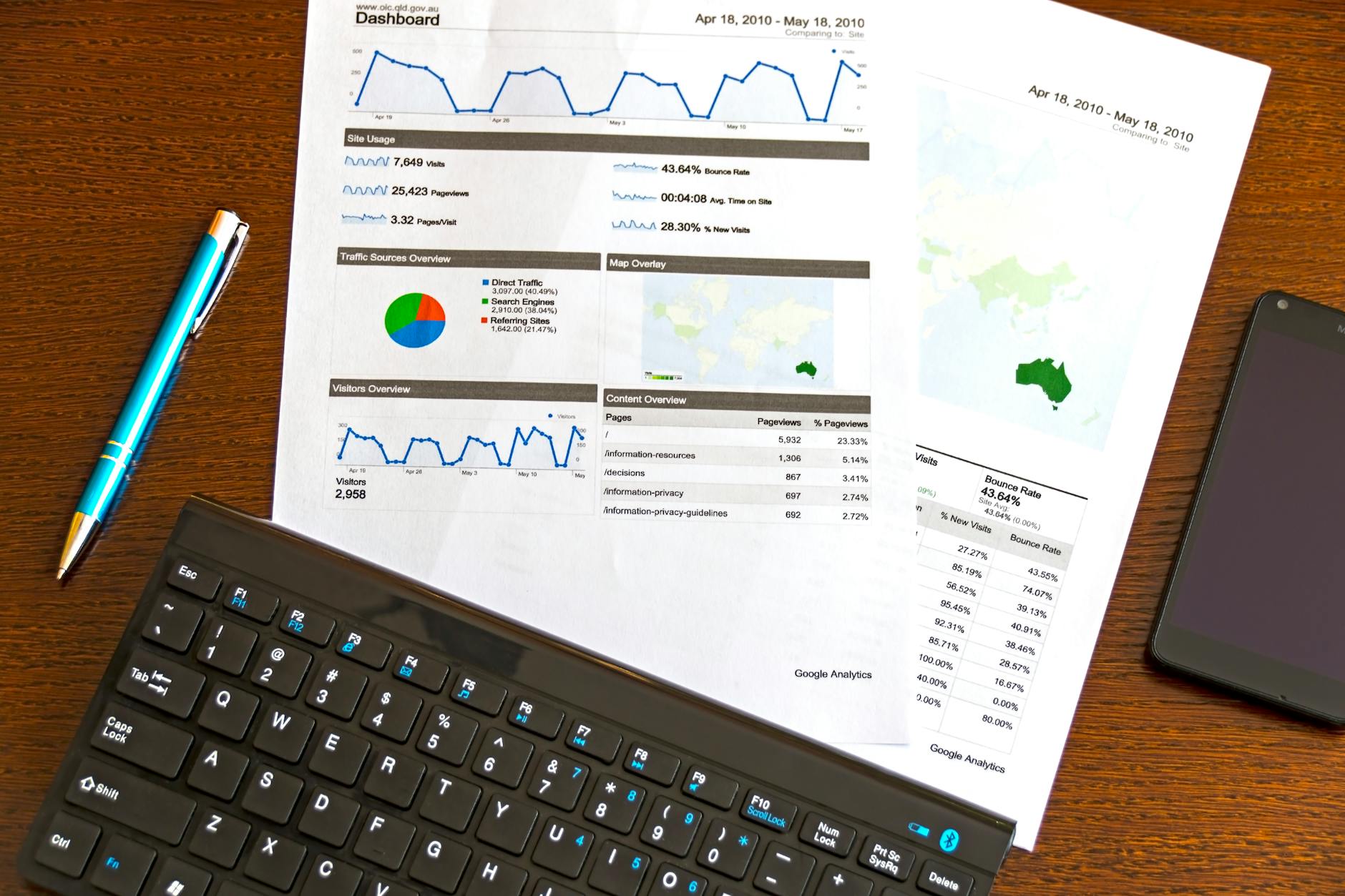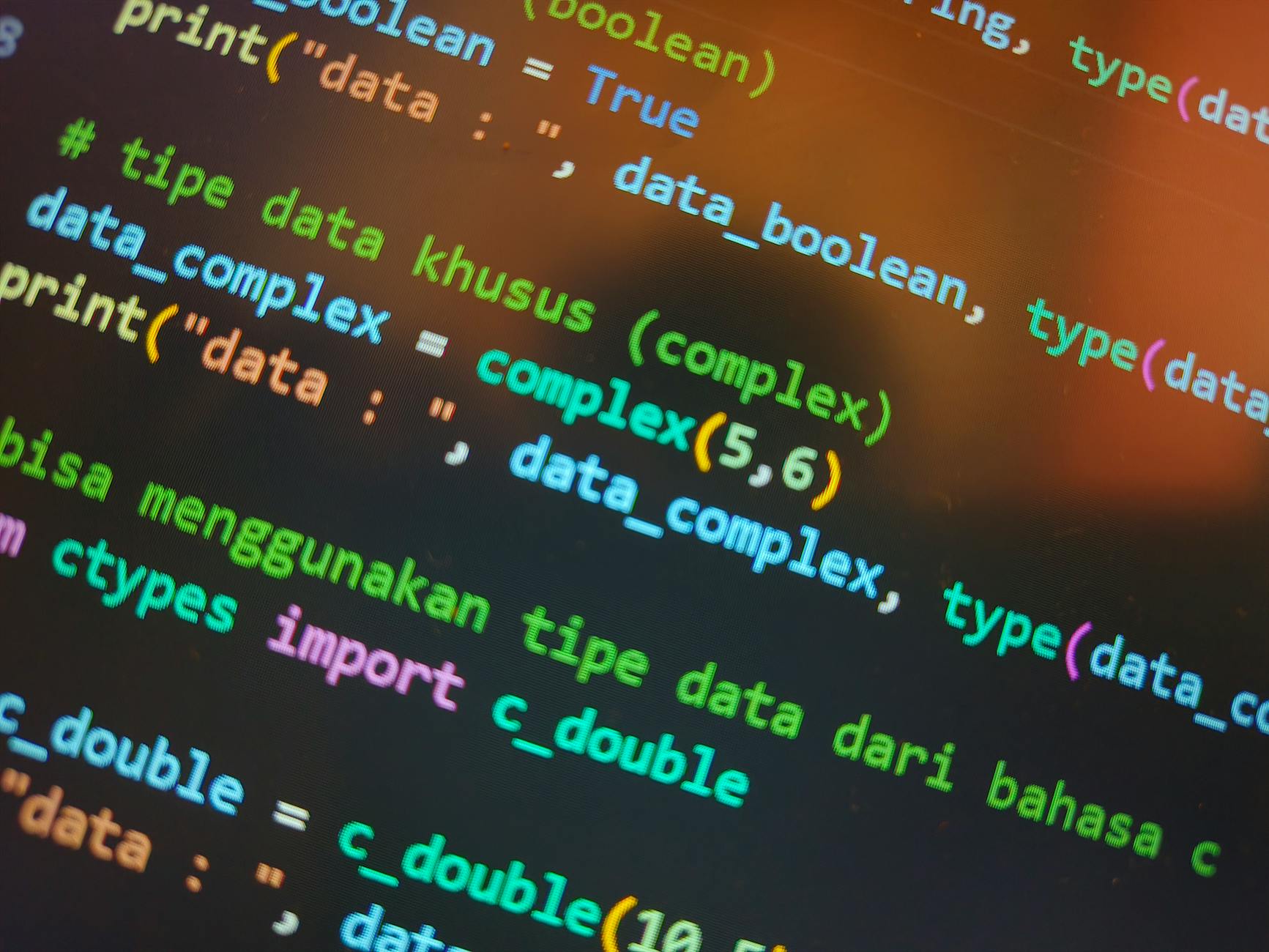Just getting started with Python? Python data types explained is one of the first things you’ll want to wrap your head around. Understanding how data works in Python gives you the building blocks to write code that actually does something.
This beginner-friendly guide walks through the main data types in Python, with simple examples you can try right away.
You’ll get the hang of how Python handles different types of numbers, how to play with text using strings, and how to check or switch data types when needed. Every section includes hands-on code samples so you can see it all in action.
Understanding Python Data Types Explained and Why They Matter

Python data types explained really just means knowing the basic types of data you can use in the language. These are like the ingredients in a recipe. Whether you’re dealing with numbers, words, files, or logic, Python gives you a type for it.
These built-in data types help you work with different kinds of information in ways that make sense for your code.
Numeric Data Types in Python Explained
Python has three main types of numbers you’ll use regularly:
- Integer (
int): Whole numbers with no decimals. Think0,10,-100. And yes, Python can handle big ones — there’s no limit unless you hit your computer’s memory cap. - Float (
float): These are numbers with decimal points. Like3.14,-2.75, or0.0. - Complex (
complex): Numbers with a real and imaginary part. You’ll usually see them written like1 + 2j. Mostly used in scientific computing.
Text and String Data Types in Python Explained
Text in Python is handled with one main type: the String (str). It’s just a series of characters inside quotes — single or double, Python doesn’t mind.
Strings let you work with words, sentences, emojis, and pretty much anything that isn’t a number. You can also manipulate them using built-in methods like:
.lower()– changes everything to lowercase.replace()– swaps out one bit of text for another.split()– breaks the string into pieces based on spaces or another character
In this part of Python data types explained, you’ll see just how flexible strings are for handling and formatting text in real programs.
Binary Data Types in Python Explained
For working with files or sending data over networks, Python gives you a couple of binary types:
bytes– like a read-only version of binary databytearray– lets you change the binary data after it’s created
Understanding binary data types is handy when you’re working with media files, encryption, or lower-level tasks. Another layer of Python data types explained in real-world scenarios.
Boolean Data Types in Python Explained
The Boolean (bool) type in Python is simple but powerful. It only has two values: True or False.
You’ll use booleans all the time for making decisions in your code — like checking if something is valid, if a condition is met, or if a loop should keep running.
Booleans are a key part of Python data types explained in everyday logic handling.
Working with Numeric Data Types Effectively

When you go deeper into Python data types explained, numbers play a massive role. Whether you’re doing simple sums or scientific maths, choosing the right numeric type helps your code run better and gives more accurate results.
Mastering String and Text Data Types in Python
Getting confident with strings means you can do a lot more with your code — from creating messages to formatting data for output.
By learning Python data types explained through working with strings, you’ll get comfortable with:
- Combining strings using
+orf-strings - Cleaning up user input
- Breaking down and analysing text
Text comes up everywhere, so strings are one of the most practical data types to master.
Essential Type Checking and Conversion Techniques

Sometimes you’ll need to check what type of data you’re working with, or change it into something else. That’s where type checking and conversion come in.
Here are a few useful tools:
type()– tells you what data type something isisinstance()– checks if something matches a certain typeint(),float(),str()– convert between types
This part of Python data types explained keeps your code from running into weird bugs or mismatched inputs.
Optimising Memory Usage and Performance with Python Data Types

The type of data you use can affect both how fast your program runs and how much memory it eats up. That’s especially true when dealing with big lists or large amounts of data.
Here’s a quick cheat sheet:
- Lists: Great for ordered data, but can get slow with huge datasets
- Sets: No duplicates and faster for checking if something exists
- Dictionaries: Super fast for lookups using keys
Picking the right data structure for the job is a big part of mastering Python data types explained.
Advanced Data Storage Solutions in Python
Once you’ve nailed the basics, there are some next-level tools you can explore:
dataclass: Makes it easy to store structured datadefaultdict: Like a dictionary but smarter with defaults- Pydantic: A library for validating data using Python types (very useful for APIs)
These tools make your code cleaner and help you handle more complex data with fewer errors.
Wrapping Up Your Python Data Types Explained Journey
We’ve gone through Python data types explained from the basics to some advanced stuff. You now know how Python handles numbers, text, binary, and logic — and how to switch between types when needed.
Mastering these building blocks is key if you want to build web apps, work with data, or just make your code smarter and more reliable.
